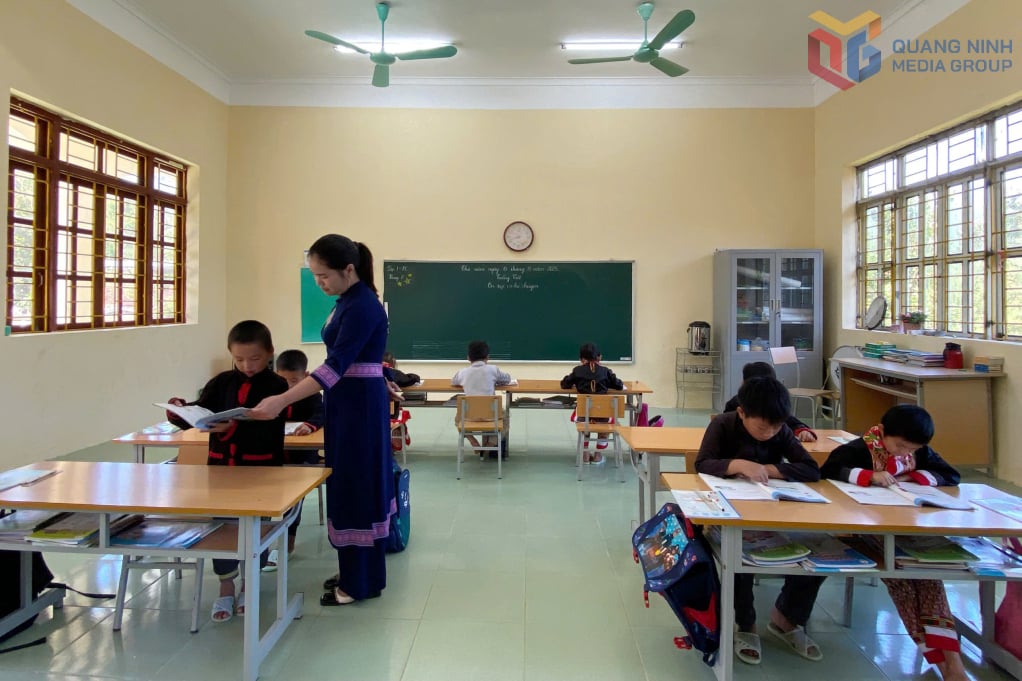
1 school, 8 students
On the foggy road leading to Phat Chi village (Hoanh Mo commune), every morning, teacher Loan Thi Huong (Hoanh Mo Primary and Secondary School) leaves home early, spending about 20 minutes by motorbike, and more than half an hour on rainy days to get to her teaching place. The mountain road is winding and steep, but her love for her job and the smiles of her students are always the motivation for her to keep going. The road is slippery in the rainy season and freezing in the winter, but for many years, she has persevered to overcome it, bringing letters to students at the highland school.
Teacher Huong said she was born in 1989, is a Tay ethnic, and lives in Dong Thang village, Hoanh Mo commune. Graduated from Quang Ninh Pedagogical College (now Ha Long University), in 2020 she took the civil service exam to become a teacher in her hometown. Since then, she has taught at Phat Chi School, the most remote and difficult location of Hoanh Mo Primary and Secondary School, experiencing many hardships and challenges.
Phat Chi School is located nearly 10 kilometers from the main school, covered in fog all year round, with only occasional sunshine. Her current homeroom class is a combined 1+2 class. The 6-7 year olds study in the same room, sitting back to back, with 2 separate blackboards, facing each other.

“At first, I found it very difficult. Teaching two age groups in the same class, how to maintain quality is not simple. When teaching a combined class, the most important thing is to ensure the correct content and lesson plan for each class. For example, when I let class 1 practice writing, class 2 will form new knowledge. Then, when class 2 moves on to practice, class 1 will form a new lesson. Just like that, switching back and forth, so that all students are interested,” Ms. Huong shared.
The biggest difficulty for teacher Huong is not the long distance or the cold of the highlands, but the language barrier. 100% of the students at Phat Chi School are Dao ethnic group, while Ms. Huong is Tay. In the first days of teaching, the students just looked at her with strange eyes. "The first graders at the beginning of the year almost did not understand Vietnamese, whatever I said, they just looked bewildered. Luckily, some second graders who knew a little Vietnamese helped me translate. So while teaching, I also learned Dao language," she said.
Every day, every hour, Ms. Huong persevered in learning. From what her students said and what their parents talked about, she gradually understood and could speak the Dao language. Thanks to that, teaching became easier, the students became closer, bolder and more confident in communication.
Every winter, when the fog is thick, the small classroom on the mountain top becomes a "warm home" for nearly a dozen ethnic minority children. In the yellow light, Ms. Huong's voice resonates steadily and persistently, warming the cold room. Many times, she wonders if she has enough strength to stay here for a long time. But then, just seeing the smiles of her students, hearing them babble and read words clearly, all her fatigue disappears. "The children come to class regularly, know how to read and write, that is my greatest joy," Ms. Huong said, her eyes shining with pride.
Phat Chi School currently has only one combined class of 1+2, with 8 students (3 students from grade 1; 5 students from grade 2). This shows the great concern of the province for the education and training sector in remote areas. Although there are only a few students, the school is still maintained so that students who live far away and do not have the conditions to go to the main school can go to school to learn. Students here study 2 sessions/day, from Monday to Friday every week. Duong Phuc Hanh, a 2nd grade student, happily said: "I love Ms. Huong very much. Ms. Huong often gives us warm clothes, gives us candy. She also teaches us how to read and write."
Every day, I travel 50 kilometers of winding roads to get to class.
At 5:00 a.m., teacher Bui Thi Lanh (born in 1995, residing in Viet Hung ward) woke up to prepare for a new day. At 5:30 a.m., she set off on her familiar motorbike, overcoming nearly 50 kilometers of winding mountain roads, steep slopes, and slippery rocks to be on time for class with her students at Ky Thuong Primary and Secondary School (Ky Thuong commune).

There are days of heavy rain and storms, like the Yagi storm in 2024, when the hills are almost bare, Ms. Lanh and her colleagues have to go through cliff edges, the road to school is full of mud. But in difficult times, the footsteps of the "sower of letters" still do not stop. Ms. Lanh is currently the homeroom teacher of class 9A with 22 students, 100% of whom are Dao ethnic group. Most of the students have special circumstances, their parents work far from home, some are mentally disabled.
“Parents pay little attention to their children’s education. During harvest season or when they have housework, the children skip school to go cut acacia and help their parents. Sometimes half the class is absent. We have to go from house to house, sometimes until 8-9 pm to finish,” she said.
Ky Thuong commune is large and isolated. Many students have to travel more than 10 kilometers to get to class. Ms. Lanh's class has 11 students who stay in the dormitory from Monday to Friday, the rest go to school in the morning and return in the afternoon. There is a student whose home is 7 kilometers from school and still walks regularly, rain or shine.
Ms. Lanh used to work at Le Loi Secondary School (now Troi Secondary School) from 2020 to August 2024, where the conditions were much more favorable. In September 2024, the young teacher volunteered to go to Ky Thuong. At first, she only came home on weekends, but then she had a small child so she had to travel more often. Each trip to and from school was a "race" against time and distance. But despite being tired, Ms. Lanh remained optimistic: "Just seeing the children smile and hearing their voices reciting lessons echoing through the mountains and forests makes all the hard work worth it."
In Ky Thuong, keeping students from dropping out of school is a big challenge. Ms. Lanh and her colleagues have to regularly visit homes to encourage them, even bringing books and warm clothes to give them. She also organizes lessons that incorporate games and teach life skills to create interest. “Many students used to be indifferent and did not like to study. But when they saw that I cared, they gradually opened up,” she shared.
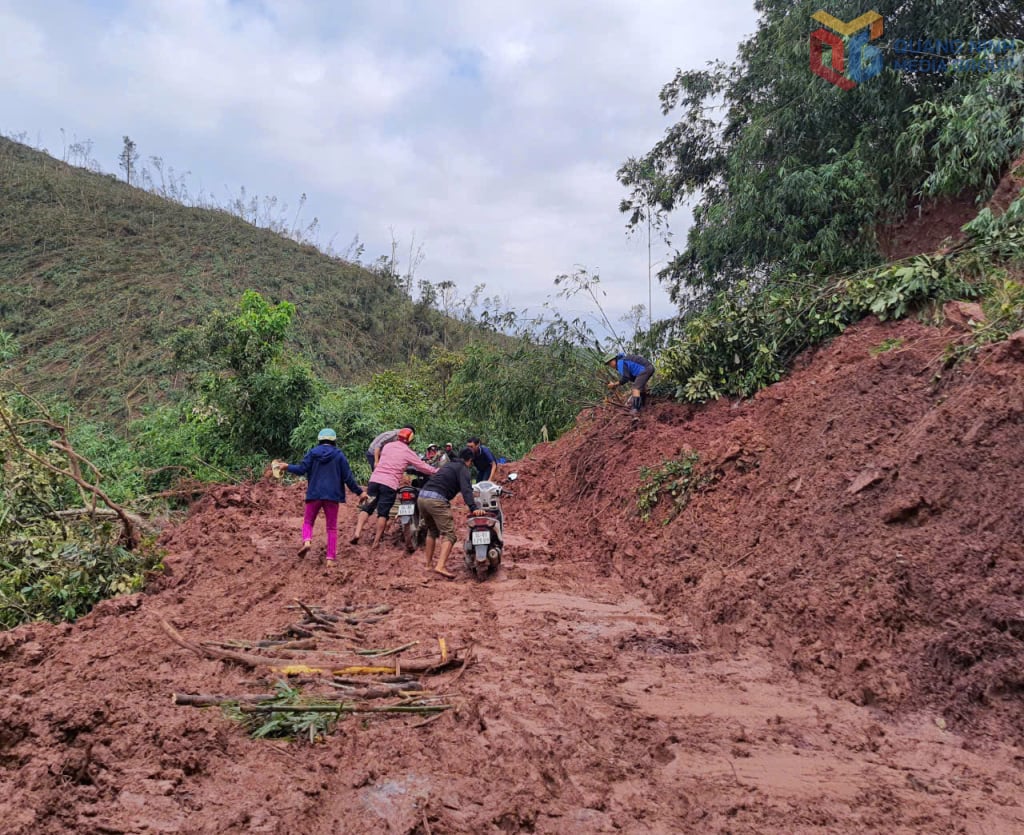
On weekends, she still prepares lesson plans, grades papers, and prepares lectures. Many times, she takes advantage of her children's sleeping time to work. For her, the simplest joy is seeing her students learn to read, write, and dream about the future... "Along with me, there are currently 3 junior high school teachers from the lowlands who come to Ky Thuong to teach. In this highland area, sowing letters is not just about teaching, but also about sowing faith and hope. Despite the hardships, we still believe that the path we are taking is the right one," Ms. Lanh said, her eyes shining with pride.
Ms. Ly Thi Lan, mother of Ban Huu Thanh, a 9A student whose homeroom teacher is Ms. Lanh, said: "Before, my child was a poor student. I was a single mother and did not have much time to take care of my child. But thanks to Ms. Lanh's teaching, my child Thanh has made a lot of progress in his studies."
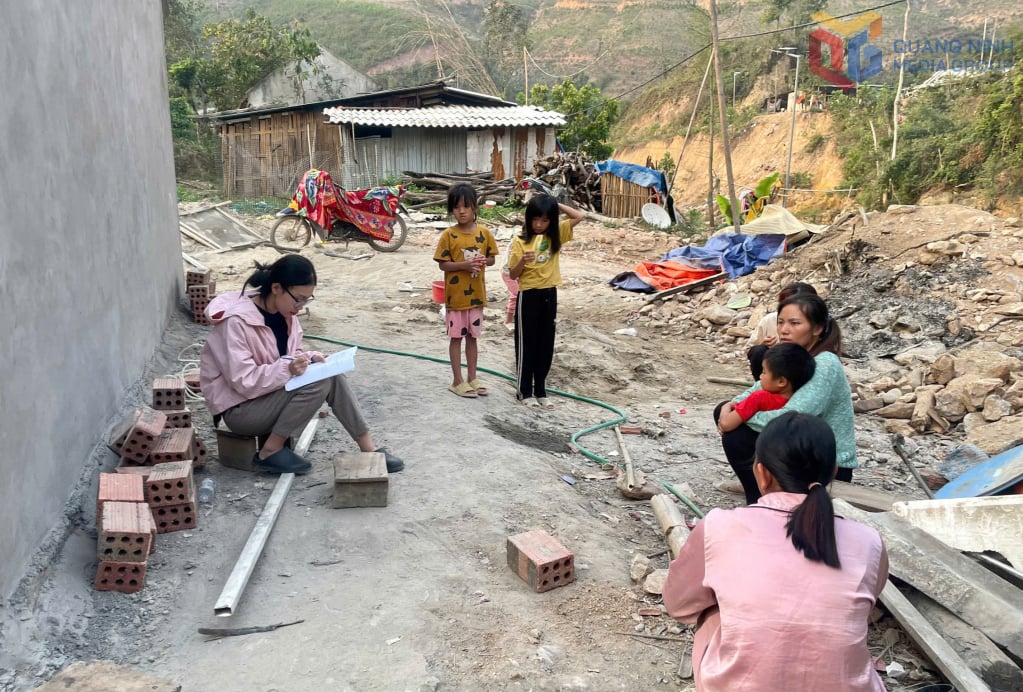
In the misty mountains and forests, Ms. Huong, Ms. Lanh and many other teachers still tirelessly bring the light of knowledge to their students every day. For them, the greatest joy is not the certificates of merit, but when they see their students' eyes light up because they know how to read and write. Simple, persistent and dedicated, they are the beautiful image of teachers who are quietly sowing each letter in the mist, so that the spring of knowledge will forever bloom on the mountainsides of their homeland.
Source: https://baoquangninh.vn/hanh-phuc-cua-nhung-giao-vien-gioi-chu-vung-cao-3384544.html







![[Photo] General Secretary To Lam and National Assembly Chairman Tran Thanh Man attend the 80th Anniversary of the Traditional Day of the Vietnamese Inspection Sector](https://vphoto.vietnam.vn/thumb/1200x675/vietnam/resource/IMAGE/2025/11/17/1763356362984_a2-bnd-7940-3561-jpg.webp)




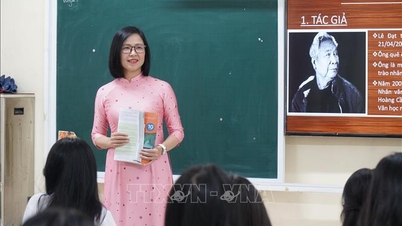







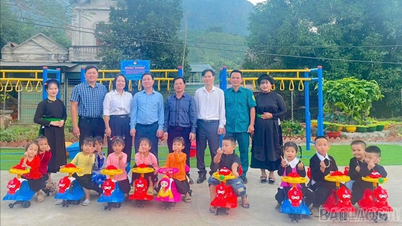
















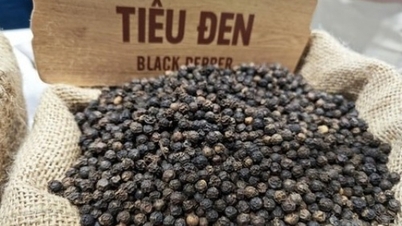


















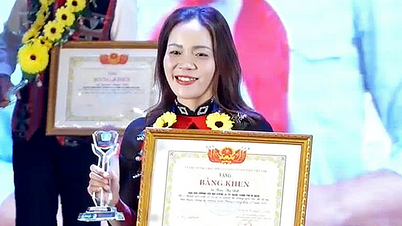
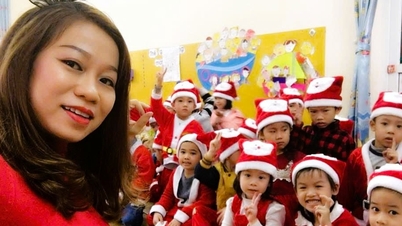



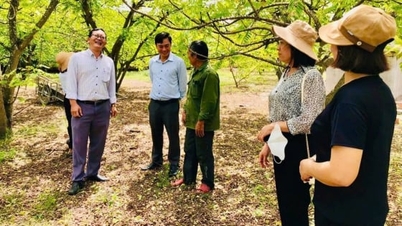





























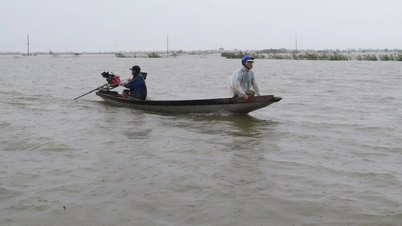



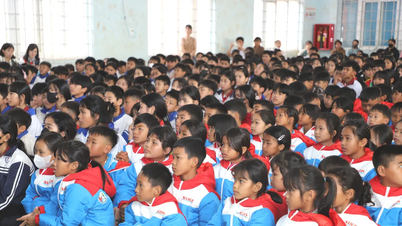













Comment (0)